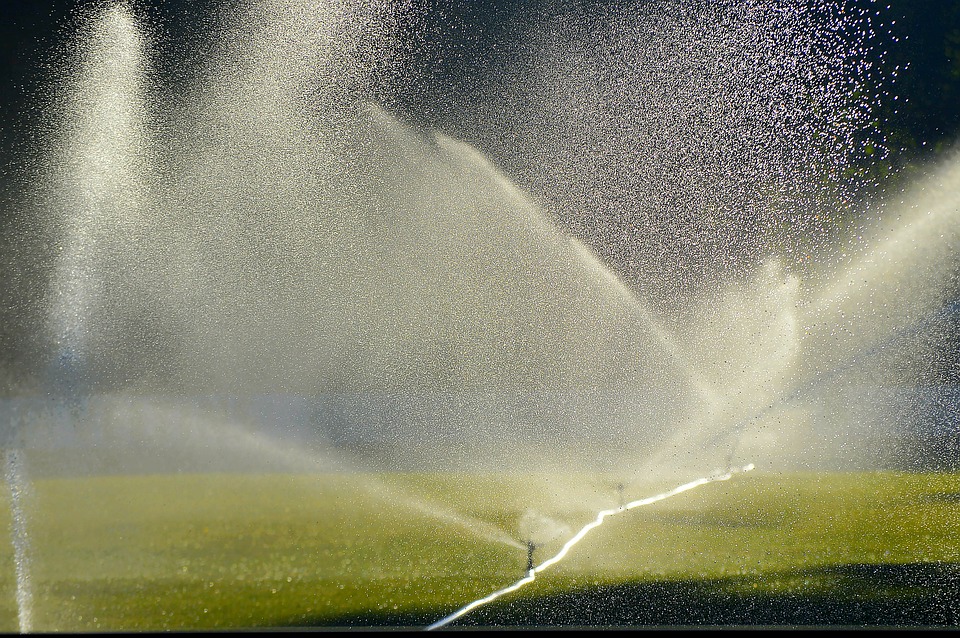One thing about 21st-century free-market policy is that it has allowed multiple designers to enter the market. And because of this, buyers have the chances to choose from a variety of choices available. The same applies to lawn sprinklers, categorized into six categories, all ranging from roaming to immobile. When looking for an irrigation system, it is wise to consider looking at the shape and the size of your lawn, the area climate/weather, and how much water you want to conserve or use in your grass or garden. Understanding these basics will help you pick the best lawn sprinklers for your garden or backyard. The guide is all about helping you make a wise choice, a sprinkler that will not only spray or irrigate your lawn but something worth your cash. Here are some key considerations to guide you when buying a new lawn water sprinkler.
Stationary or Fixed Sprinklers
Stationary or fixed sprinklers vary in size, reach, and design, but each model connects to your sprays or hose water in the same pattern over the spraying area until transferred or moved. If your backyard or garden is smaller, then you can consider buying two or three of them and install them in a way that each spray range reaches every plant in your lawn. They come in different designs; all you need is to make a choice, but you should base your findings on the size of the yard and the amount of water you are willing to use.
Oscillating Sprinklers
Oscillating Sprinklers use different openings to supply or disperse water in a circular or a semicircular spray. The design is customized to supply the whole lawn with a full oscillation, so if your yard is somehow larger, you will need to buy two or more Oscillating Sprinklers so that they can cover a larger part. Unlike stationary or fixed design, Oscillating Sprinklers overs twice the distance each fixed spray can offer, making it the best choice for larger gardens.
Water Conservation
The best lawn sprinklers are customized with a water conservation feature regulating water usage. For instance, the in-ground design comes with an automatic timer that allows you to plan or schedule when and how to spray water in advance. On the other hand, above-ground models come with a comparable extension that includes a monitor and a flow timer that helps you calculate the amount of water used, thus scheduling on and off patterns to save water wastage when you are not around.

No Comments